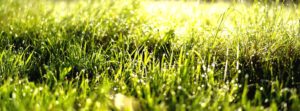
Native Grasses for the Australian Garden
Native grasses are a fantastic option for those tricky spots in the garden. They are tough, thrive in a wide range of conditions and need very little maintenance. Native grasses can be used as specimen plants and are very effective when mass planted along a pathway, driveway or fence or as a backdrop providing consistent colour and interesting textures year-round. They encourage birds, and wildlife into your property, send down deep roots to provide a drought tolerant solution to Australia’s changing climate.
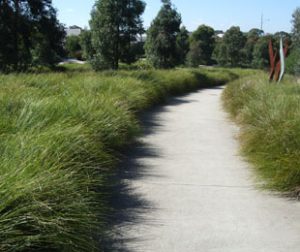
Tanika Lomandra
Native grasses have an array of tussocky habits with a wide variety of leaf shapes, textures and sizes. The foliage can be erect, falling, flexible or ridged. During the flowering season, the grasses sent out stems carrying the inflorescence and it is these flower heads, which make the grasses an attractive garden feature. The flower heads remain for many months, even after the seed has fallen. The grasses can be used to create interesting textures and accents in the garden, particularly when used with other native flowers, forbs and herbs.
There are many ways to use native grasses in the garden
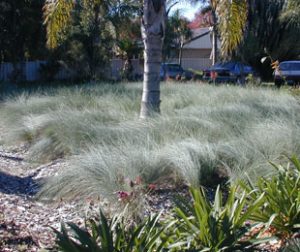
Kingsdale Poa
- Grasses of different shapes can be used in a garden bed as an understory for larger native shrubs and trees.
- They can fill in the gaps between small and medium-sized perennials.
- Native grasses can be used as ground cover grasses and when established can retard and prevent weed growth.
- Some natives will grow in shade and cope with competition from tree roots.
- Native grasses can also be used for borders, along walkways or in rockeries.
Landscaping with native grasses
Native Grasses have long been a favourite of Landscape Designers. Their rustic appearance and ability to soften hard surfaces makes them a useful design element. When designing a garden with grasses, use tall spike species such as a Spear grass or Plume grass as a backdrop for lower growing group cover species such as weeping grass. Alternate with different shaped inflorescences for contrast. Grasses with spikes can contrast well with grasses with open or feathering panicles.
Our favourite native grasses
1. Tanika Lomandra
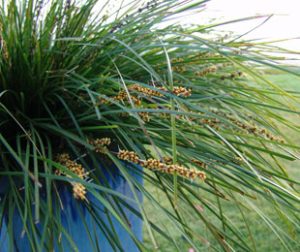
Tanika Lomandra – with soft yellow flowers
Tanika Lomandra has been performing in landscapes across Australia for over a decade. An evergreen, improved compact fine leaf form, this low maintenance plant is perfect for landscape professionals and gardeners alike. Small yellow flowers from April to October, Tanika Lomandra is also soft to touch so kids will enjoy this plant as well.
The size is 50 – 60 cm high x 65 cm wide. It is ideal for borders, specimen planting and mass planting.
Tanika Lomandra can be planted in full sun to moderate shade and suits sandy, sandy loam to clay soils. It tolerates frost and drought but you need to avoid wet feet.
2. Pennstripe Pennisetum
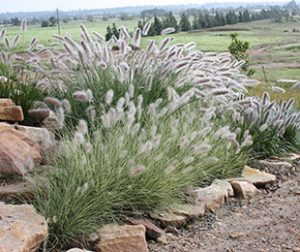
Peestripe Pennisetum
Pennstripe Pennisetum is a showy, compact clumping perennial grass with narrow arching leaves and spectacular feathery flower plumes from summer to autumn. These foxtail looking plumes are a great reason to grow this plant, but couple this with its main feature, and Pennstripe Pennisetum becomes a must for anyones garden.
The main feature of this variety is its stand out variegated foliage and compact form. Pennstripe Pennisetum grows to approximately 45cm x 45cm, which is 3/5 the size of the common form. Its wonderful variegated foliage presents great contrast for other green, blue or red foliage plants.
It tolerates a wide range of soils and climatic conditions, including poorly drained soils. Grows in full sun or part shade. Frost and drought tolerant, and humidity tolerant.
3. Kingsdale Poa poiformis
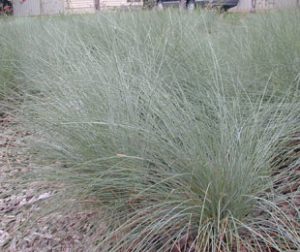
Kingsdale Poa
A clump-forming perennial, Kingsdale Poa features attractive fine, deep green, strap-like leaves. It has fine blue arching leaves which add softness and stunning colour to any garden design. It is great for colour contrast when mass planted or can be used as an effective border. Kingsdale Poa also performs well on sloping sites that require erosion control.
Kingsdale Poa grows well in full sun to shaded positions and will tolerate exposed and windy positions. It performs well in heavy clay or free draining soils. The plants need little or no maintenance and are drought and frost tolerant.
All pictures and plant descriptions: Ozbreed



